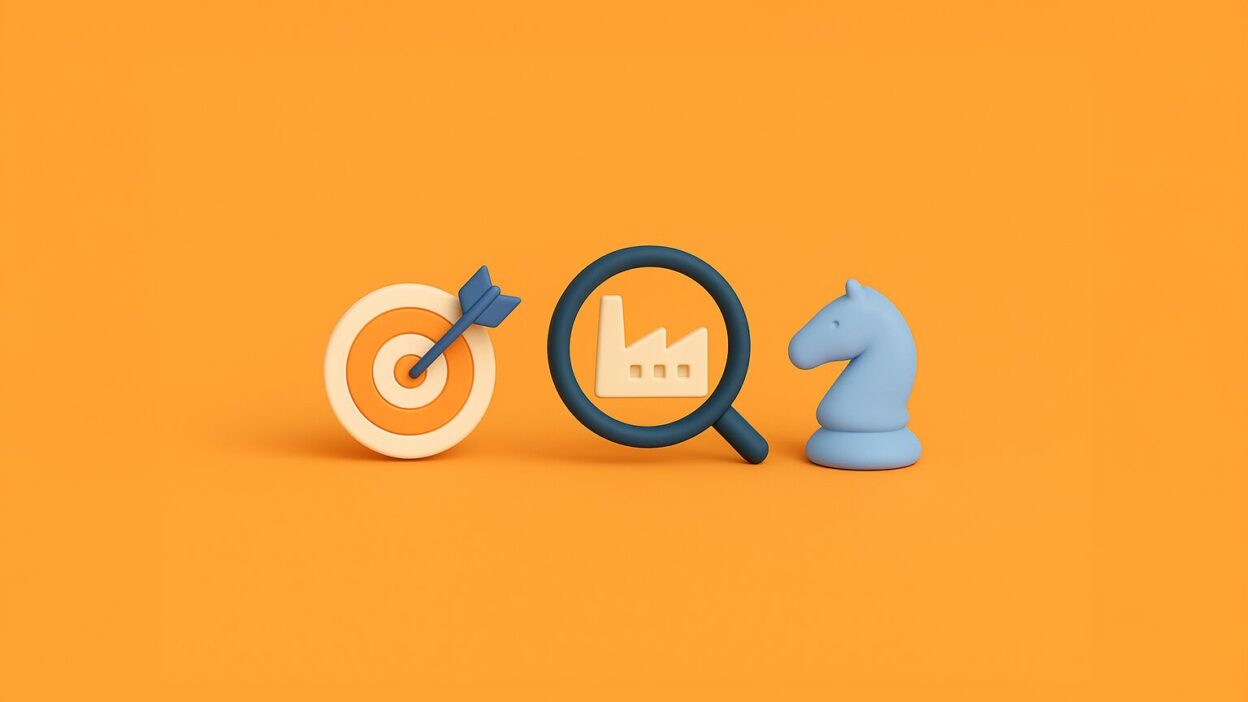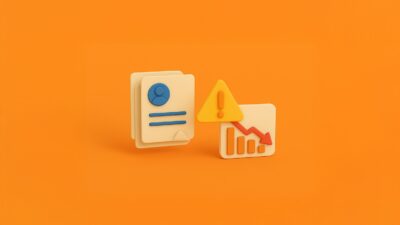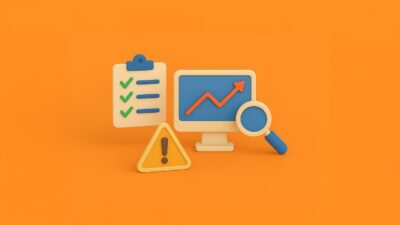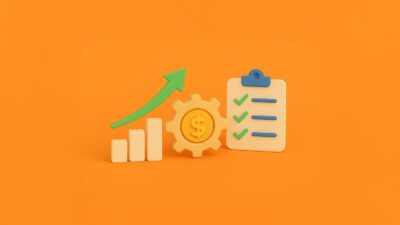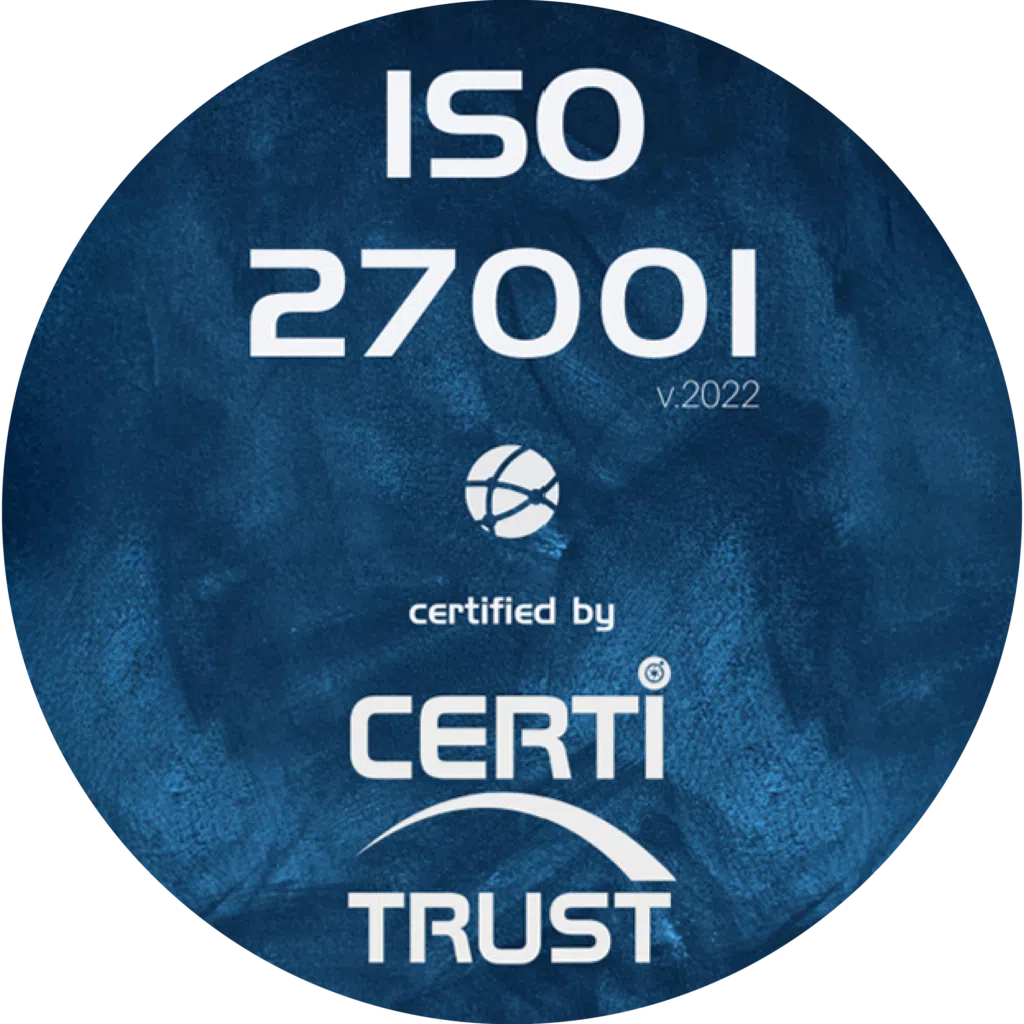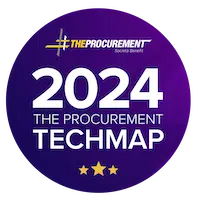A truly strategic function, purchasing can account for up to 60% of a company’s sales, depending on its activity. The buyer or purchaser is therefore on the front line in enabling the company tooptimize its margins, and in particular to forge strategic partnerships with suppliers to achieve this. Supplier sourcing is an essential part of the purchasing process. This involves identifying potential new partners in the supplier market. This research activity is not reserved for public procurement, quite the contrary. With an ever-increasing number of players on the market, it is essential for buyers to diversify their sources of purchase in order to optimize their margins.
The benefits of supplier sourcing for you and your company
A competitive advantage for your company, this method aims to anticipate and control stakeholder risks . In short: work upstream to select the most qualified supplier for your needs, thereby increasing your chances of obtaining the best ratio between quality, price and production lead times. Building up a supplier panel is therefore an essential strategy for obtaining a global vision and helping you draw up a short-list to help you make the right decision.
The aim? To reduce your company’s purchasing costs. As you can see, the stakes are high. And supplier sourcing has several advantages for your company.
- Optimize margins: One of the main benefits of sourcing is to obtain better prices. This margin is not based on selling price, but on lower purchasing costs. In effect, it enables your company to make significant profits.
- Diversify your supplier panel: having several suppliers is a good way of reducing supply-related risks. Putting your various partners in competition guarantees attractive prices and delivery times.
- Controlling supplier relations: some companies risk becoming dependent on a single supplier, which can be a risk if the latter ceases its activity, for example, or suddenly increases its prices. Conversely, if your order volume isn’t high enough, your supplier may decide to stop working with you. Or charge you for it (BFA).
As you can see, multiplying the number of your contacts is vital. In the event of unforeseen circumstances, it’s always a good idea to have alternative solutions on hand to avoid production delays


How do you go about sourcing suppliers?
As with every stage in the purchasing process,sourcing andevaluating suppliers requires a certain reflex. It can be carried out by a working group or steering committee involving internal company players, and requires precise methods to be followed
Identify your potential suppliers
The supplier sourcing stage begins with anassessment of the suppliers that match the company’s needs. The first thing to do is to define the desired geographical area: how far away are they? This is an important consideration, as transport costs and delivery times are largely influenced by geographical distance, depending on the CSR policy adopted. The range of products and services supplied is also a strategic approach, since a supplier can meet several needs at the same time, like a platform. To help you in your decision, group these suppliers together on a short list, an easy method to achieve
Measuring the impact on the company’s organization
The next step is to assess the impact the new supplier relationship may have on your company, and in particular on your production process. The quest for new advantages, which is one of the main criteria in the search for a new supplier or partner, can have an impact on the supply chain, and thus influence this player’s accounting with your company.
For example, as mentioned above, a geographically more distant supplier implies longer delivery times, which you need to be able to anticipate. The payment terms demanded by new suppliers may also be different, and it is essential to anticipate these conditions with internal players.
New intellectual services or external resources can also influence the production process to a greater or lesser extent. The compatibility of resources with existing ones, or the impact on human resources depending on the nature of the service, can influence the way the company conducts its business. Sometimes an insignificant element can even affect the company’s image, and therefore its market share. If, for example, you buy rental equipment that operational staff hate to use, this can penalize the business. That’s why it’s essential to study and take into account all feedback.
Building lasting relationships with your suppliers
Once you’ve established a list of potential partners, it’s time to determine the basis for creating the right balance. A balance between a favorable relationship conducive to a smooth and pleasant collaboration , and a global vision of the interests for your company. If you’re in charge of supplier sourcing, you’ll need to be able to offer your contacts promises of purchase in order toobtain the most attractive rates.
Promising frequency and volume of orders. It’s important to convince your contact that your company has what it takes to be the ideal collaborator. What’s at stake? Benefit from the advantages of being a supplier, while at the same time ensuring that they have something to gain from working with your company.
Bear in mind that, unlike a public procurement contract which requires a series of delegations of signature, it is in a partner’s interest to enter into a supplier contract with your company, as the process is far less restrictive. Although large corporations or the public sector are attractive, so too are the flexibility and ease of access of small and medium-sized businesses. This is why stakeholders tend to agree more easily in these structures, with whom they will find it easier to form a working group or even a steering committee.
Common challenges and obstacles in supplier sourcing
Supplier sourcing is a complex task involving many challenges, one of the main ones being communication. With a supplier panel that can expand on a massive scale, it can be difficult to maintain clear communication with your partners. This can be particularly problematic when working on international purchases, where language and cultural barriers with your suppliers can pose problems.
Another major challenge is logistics. Purchasing and supply management, product deliveries and inventory management can all be complex tasks requiring careful purchasing planning. In addition, fluctuations in raw material prices can have a significant impact on final costs and require constant monitoring.
Finally, negotiating with suppliers can also be a challenge. As a purchasing manager, you need to be able to negotiate effectively to obtain the best possible terms and conditions. This may involve negotiating price, delivery times and payment terms.
Use technology for supplier sourcing
In 2023, technology plays an increasingly important role in the purchasing function. To stay competitive, you need to master these tools to improve your company’s purchasing process and accelerate its digitalization.
Supplier management software like Weproc can help you automate and streamline your sourcing process. This type of tool enables you to identify potential suppliers, assess their performance and manage supplier relationships.
On the other hand, traditional ERP(Enterprise Resource Planning) systems enable you to monitor stock levels, plan purchasing and manage orders. However, ERP systems are not suited to advanced purchasing management, and therefore to good supplier sourcing.
In conclusion, sourcing is an essential key to successfully and strategically purchasing intellectual services or external resources, which is why it’s essential to make a supplier short-list. This stage of the purchasing process not only enables you to control andoptimize your margins, it also brings you closer to the working methods of large corporations. It allows you to create and maintain a relationship with your suppliers, and to keep an eye on the best the market has to offer. For example, you can use reverse auctions to optimize your costs, or organize your human resources to drive tomorrow’s change.
Want to learn more about our Weproc procurement management software?
Contact us or request your 15-minute demo below!

